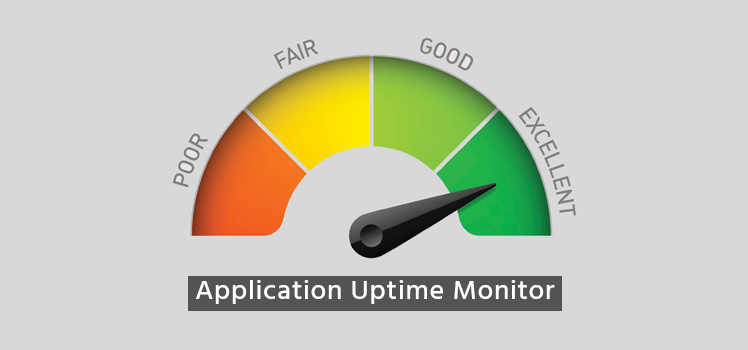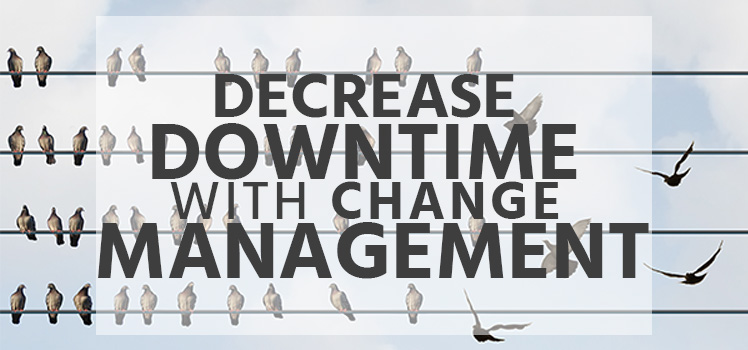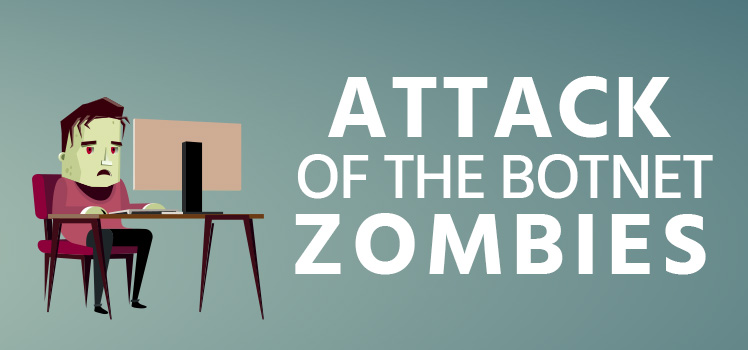Network Availability is the Name of the Game
Your network is everything. At least it seems that way. You can offer the most wonderful services in the world, but if your customer can’t access them, you’re dead in the water. Let’s face it. Most businesses suffer when the internet goes down, or when critical network services are not available. You’ve probably experienced the frustration of stopping at a gas station that won’t take your debit or credit card because “the system is down”. And if you didn’t have the cash on you, then you just turned around with a scowl on your face and headed out the door. Network availability is essential to business continuity. There’s no getting around it.
The Vulnerability of Remote Services
With the breakup of Ma Bell in the 1990s and a host of technological advances, a revolution took place in the telecommunications industry. Telecom providers small and large were able to implement innovative solutions for eager business-to-business clients, and eventually for the consumer market. At the root of the miracle was the nature of telecommunications itself. The etymology of the word indicates “communication at a distance”.
Businesses now enjoy the tremendous advantages of accessing centralized information resources from distant towns and cities.
Businesses now enjoy the tremendous advantages of accessing centralized information resources from distant towns and cities. This makes things a lot easier for gas stations, or branch offices, or fast food franchises, or business partners. There’s no need to duplicate necessary services on every site. Just connect to remote servers, request information, and let the computers take care of the back-and-forth transmissions.
Such facility of communication and enjoyment of remote services is fantastic for any business owner or manager — until the connection goes down. That’s when the problems start.
Get Ready for Disaster
Anyone who is responsible for keeping a business running should know the Boy Scout motto: “Be prepared.” We wrote about it in an article called “Drilling for Disaster Recovery”. You’ve heard of Murphy’s Law? Things are bound to go wrong at some point. The question is whether you are ready for it.
Disaster Recovery is a critical subset of business continuity. In fact, it is so essential that the two concepts are commonly used in a single term: Disaster Recovery/Business Continuity, or DR/BC for short. There is a direct correlation between network availability and business success, and when your network goes down, it’s time for quick action.
There is often a serious gap between business requirements and IT preparedness.
The problem is that there is often a serious gap between business requirements and IT preparedness. That needs to be addressed. Dave Lockhart, Senior Consultant at TayganPoint Consulting Group, outlines the steps required to get your organization ready for the worst-case scenario. It takes a lot of groundwork and planning:
- Establish a program management office and a Disaster Recovery/Business Continuity program.
- Interview stakeholders, such as business leaders, so that you can establish what the recovery targets are.
- Analyze these targets and expectations and do a gap analysis to determine what is lacking.
- Practice, practice, practice.
The Language of Business
The evolution of IT and telecom continues, but it affects more than hardware and software. Keeping business services running requires people. And those who are closest to the IT resources are required to understand more about business requirements than ever before. The days of simply monitoring red and green objects on a network uptime dashboard are over. Network engineers are now tasked with assuring that applications are working across the IT infrastructure.
It’s no longer about making sure your little part of the network is working ok. Today’s technical support personnel need a broad variety of skills, from programming to database management. And along with all that technical responsibility, is the need to understand what business managers really want.
Network engineers who express disinterest in the real needs of the business may soon find themselves out of work. As Lockhart put it, “If IT people can learn to talk the language of the business, which is business process, they’re going to start to get funding because the businesses say, ‘This person can help me’”. Ensuring network availability is the role of the network engineer, but the ultimate goal of all that effort is business continuity.
Start With the Basics
DR/BC has come a long way. Now it has its own standards and best practices. For starters, you might want to familiarize yourself with these:
- ISO 22301 to save your business
- NFPA 1600: Standard on Continuity, Emergency, and Crisis Management
- The Federal Financial Institutions Examination Council’s (FFIEC) Handbook
- The Financial Industry Regulatory Authority (FINRA) Rule 4370
So there’s a little homework for you. And to give you a little better understanding of the whole DR/BC concept, you might want to have a look at a video presentation by Donald Schmidt, CEO of Preparedness LLC, called “The Basics of Business Continuity and Disaster Recovery. Here’s a quick summary of the key elements of DR/BC as per Schmidt:
- Management commitment, direction, and support
- Program management
- Risk assessment
- Business impact analysis
- Resource needs assessment
- Continuity and recovery strategies
- Incident management systems
- Education and training
- Testing and exercises
- Reviews and continuous improvement
Conclusion
Of course, the point of this article is to remind you of the importance of network availability for any business. If you’re not convinced, let’s just consider an entirely credible but made-up story. A salesman working in his office works the phones all morning. He feels like he’s making progress, but he’s not able to reel in any big deals just yet. A glitch in the network knocks out the VoIP phones for an hour. No problem, he says to himself. I’ll just contact IT support after lunch. But in our fictional tale, the biggest deal he never landed was lost because the potential client couldn’t get through to him. Obviously the salesman’s company never made the necessary preparations for business continuity through continuous network availability. Have you?
 What is an Application Delivery Network?
What is an Application Delivery Network?  Global Server Load Balancing (GSLB)
Global Server Load Balancing (GSLB)  Measuring Failure
Measuring Failure 


